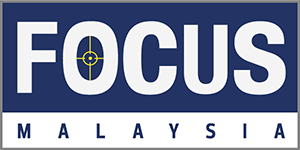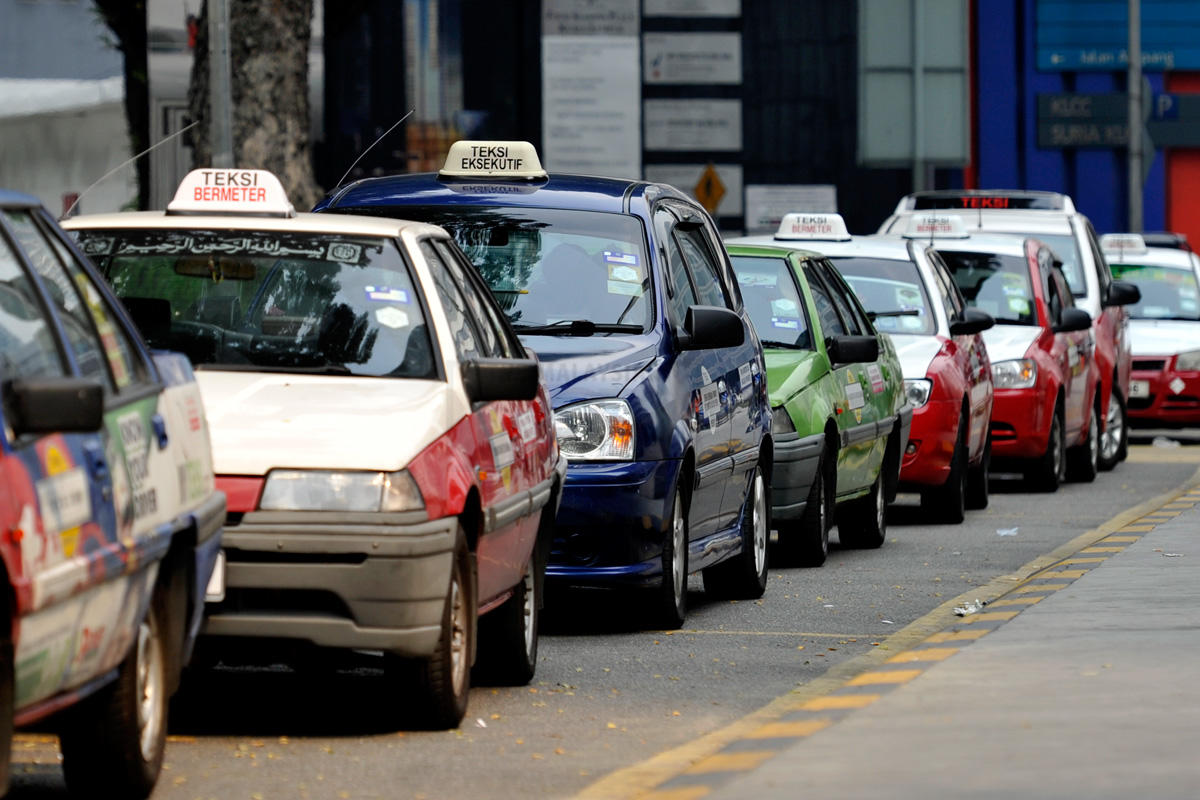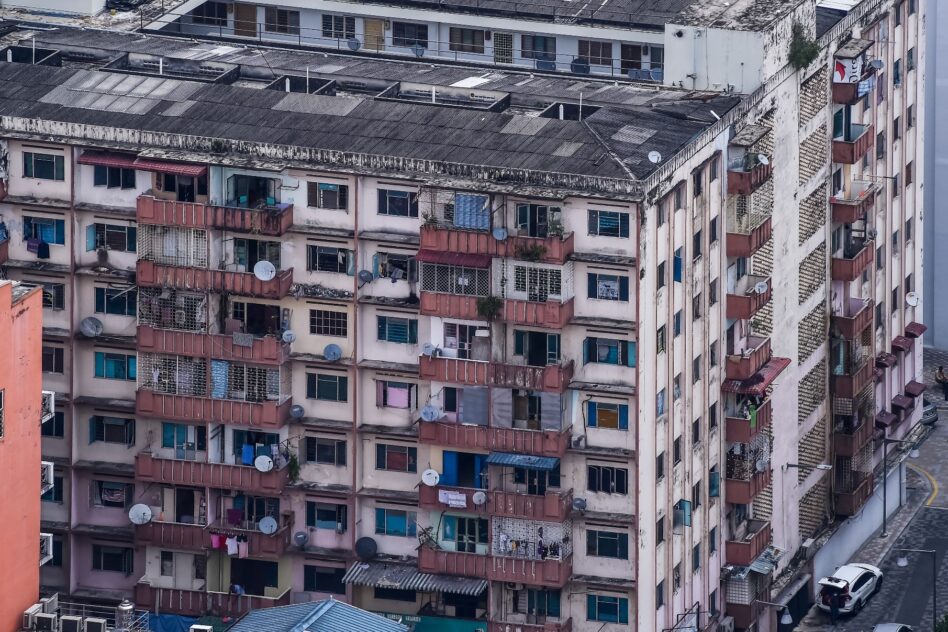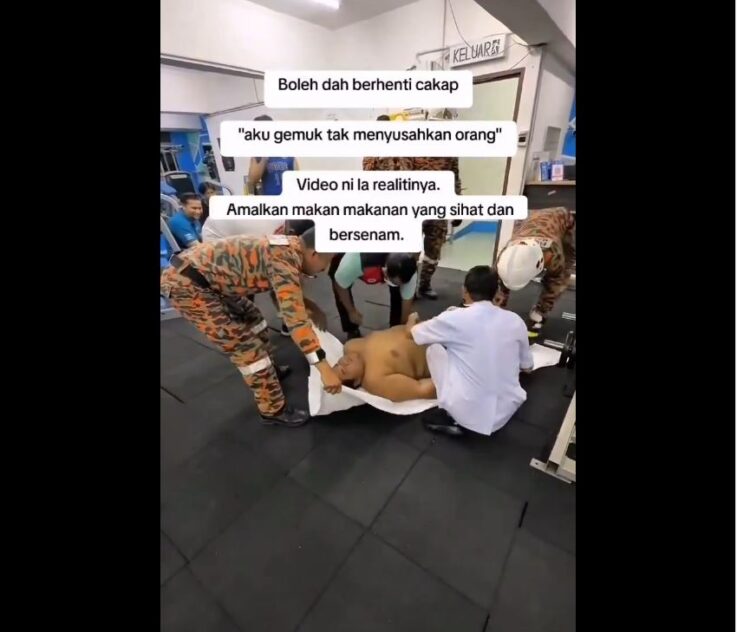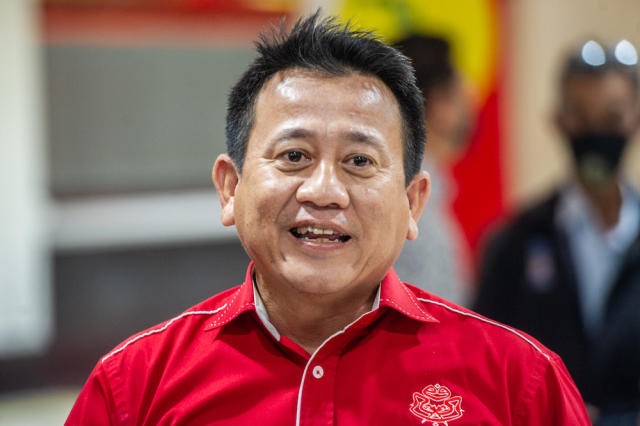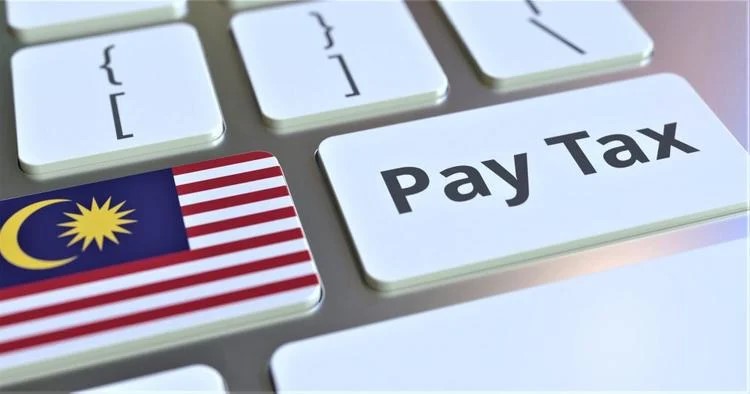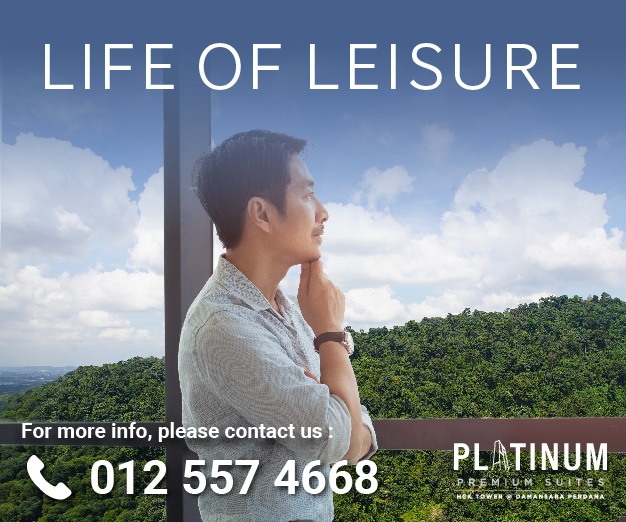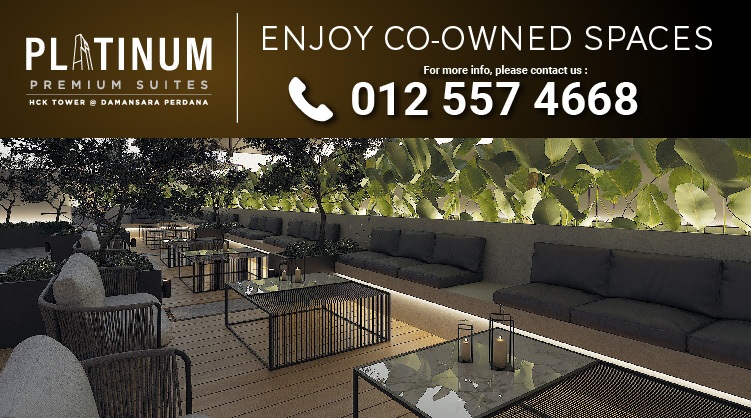FOR 10 years, I drove taxis powered by natural gas for vehicles (NGV) in the Klang Valley. From 2000 to 2003, the taxi registration numbers were HB 4400 and HWB 3888.
The NGV taxis were custom-built in France using Renault Espace chassis and licensed as premier taxis in Malaysia.
Then, budget taxi metered fares were RM2 flag down, 66.6 sen per km, and RM8 per hour, while premier taxis were 50% higher at RM3, RM1, and RM12 respectively.
From 2004 to 2010, I drove a Proton Iswara budget taxi sourced from a taxi company under rental-purchase.
During this decade, I also set up a car rental business as the general manager for a former boss, managed a tourism school for a travel association with several thousand corporate members, and helped set up a golf tour company as the general manager for a former subordinate.
Before driving a taxi every day, I was the general manager in five other companies in travel, car rental, tours, leasing and training.
Much earlier, I was a tourist-guide-cum-limousine-driver, tours coordinator, maintenance manager, car rental manager and fleet operations manager.
I was not a typical taxi driver stereotyped by many. I recorded every trip which included pick-up and drop-off times and points, the number of passengers, how much were the fares and tips, waiting time at Petronas stations to refuel NGV, and details of maintenance and repair costs.
I worked out the average fuel (NGV + petrol) consumption for my Proton Iswara taxi was 6.5 sen per km and 3.5 sen for servicing and repairs.
My fuel cost would have been lower had I not used petrol by refuelling whenever the NGV tank was around half empty, which most taxi drivers did.
I noticed that many taxi drivers paid an average of RM5 for refuelling NGV. If a fixed rate of RM8 was imposed for each refilling, then long queues at the limited number of stations could easily be cut by half. Adding to the long queues were private vehicles fitted with NGV kits.
However, a fixed rate would be unfair as the pump pressure can vary greatly at different NGV stations and times. A Proton Iswara with an empty gas tank can be filled with more than RM10 worth of NGV, whereas it could be less than RM6 when pump pressures are low.
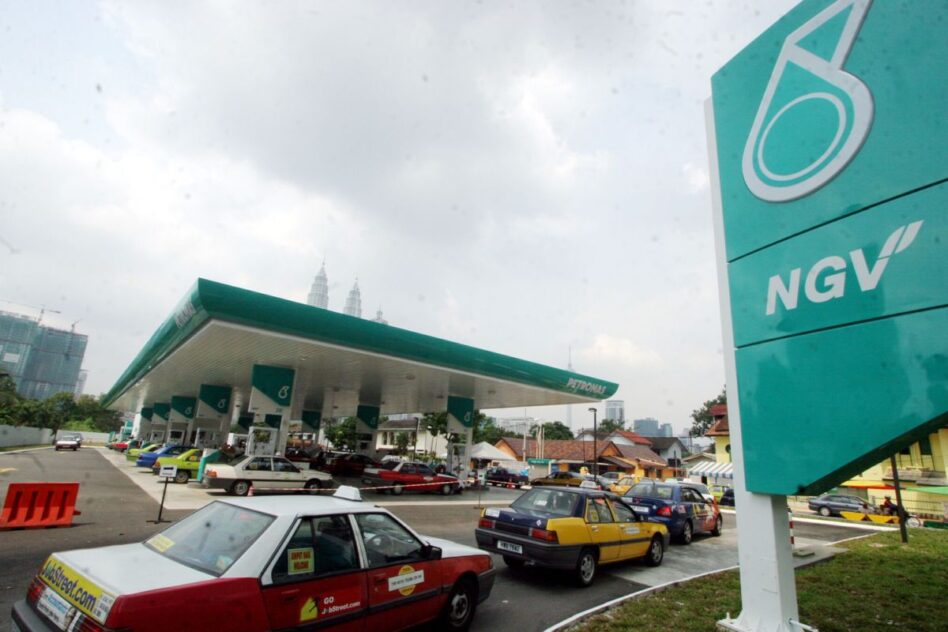
This was when NGV prices were at 68 sen per litre and petrol prices were RM1.37 per litre (2004), RM1.50 (2005), RM1.90 (2006/7), RM1.80 (2008), RM2.05 (2009) and RM2.10 (2010); compared to RM2.05 today. NGV is RM1.05 per litre, unchanged since it was increased in 2015.
Six years ago, I pointed out that if NGV prices were pegged at around 80% of petrol prices, there would be no savings from using a cheaper fuel that gives a lower mileage than petrol.
More than a year ago, it was disclosed that the market price of NGV was RM2.77 per litre without subsidy.
Natural gas was plentiful and cheap in Malaysia, leading to the introduction of this cleaner-burning fuel for vehicles in 1998.
Petronas took the initiative to commission a French company to custom-build several hundred taxis using NGV as the mono-fuel and was called Enviro 2000.
As a former cabbie, I have also conducted training for taxi drivers, such as the 1,000 TEKS1M drivers for SPAD, Teksi Wanita for a taxi company, and hire car drivers using pink-coloured vans in Pangkor under a programme by the Northern Corridor Implementation Authority.
Finally, I have created and placed interesting stickers on my taxi, such as “Free for nice people”, and “Nice people enrich my life more than money can”.
Apart from receiving tips and gifts from my passengers, I have also given presents to those who used my service repeatedly.
Here is a tip for those wishing to be an e-hailing driver: Apply for a budget taxi permit so that you can purchase a new vehicle at a much lower price without excise duty.
You can sign up with one or more e-hailing platforms and at the same time accept direct bookings, including flag-downs. – Nov 11, 2024
YS Chan is the master trainer for Mesra Malaysia and Travel and Tours Enhancement Course and an Asean Tourism Master Trainer. He is also a tourism and transport business consultant.
The views expressed are solely of the author and do not necessarily reflect those of Focus Malaysia.
